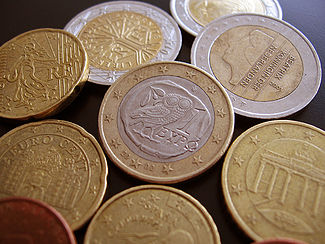
The financial crisis has sparked different responses from different countries. Whereas the Japanese economy–third in size worldwide–grew 1% this quarter (a yearly rate of 3.5%), the EU’s economy shrank again. In contrast to the strong action of the Japanese government, Europe has put forth a neo-liberal agenda in respond to the crisis. Heavy cutbacks in government spending, enforced by the Stability and Growth Pact, have beleaguered EU member states, especially the financially weaker Spain, Portugal, and Greece. So far, this strategy has only led to more unemployment, less consumer confidence, and even more cutbacks owing to lower-than-expected tax revenues. The European agenda doesn’t seem to entail much more than strict financial discipline. Commissioner Rehn has tried to let member states implement structural reforms, but with little result due to the resistance from most EU citizens. The empty agenda of Europe lacks Abenomics’ investments to regain people’s trust and willingness to accept reform. As a result the Japanese economy has been doing much better than the European economy.
Europe can take an example from Abenomics, a Neo-Keynesian approach also endorsed by Nobel Prize winner Paul Krugman. Abenomics’ bold message and powerful policy is needed in Europe. As individual member states have given up their individual monetary policy to the European Central Bank, action must come from the European level. A coherent set of policy solutions must be presented by the President of the European Council or by a strong Prime Minister, such as Germany’s Mrs. Merkel. This message must also be sent by the President of the European Central Bank (ECB) Draghi. Mr. Draghi has already showed a proactive attitude with his 2012 announcement that the “ECB would do whatever it needs to save the Euro”, and his 2013 promise that the “interest rate will be kept down”. The strong message has to be accompanied by strong policy. As in Abenomics, a program of government spending must be introduced to restore consumer confidence and give the economy the stimulus it needs. Together with the spending, Europe must take reforms into its own hands. So far, Mr. Rehn has implored member states to implement specific reforms. A more urgent push is needed. For example government spending should be tied to progress in achieving reforms. Apart from the fiscal stimulus and structural reforms, Europe should increase the money supply. This will lead to more consumption, more exports, and it will make Europe more attractive to investors. Doing this would show a real steadfastness to fight the crisis.
The message of Abenomics is clear: cutbacks are not the way out of stagnation. Europe’s policy must be replaced by a combination of government investment, reform, and inflation. This remedy shows much more hope for Europe.




